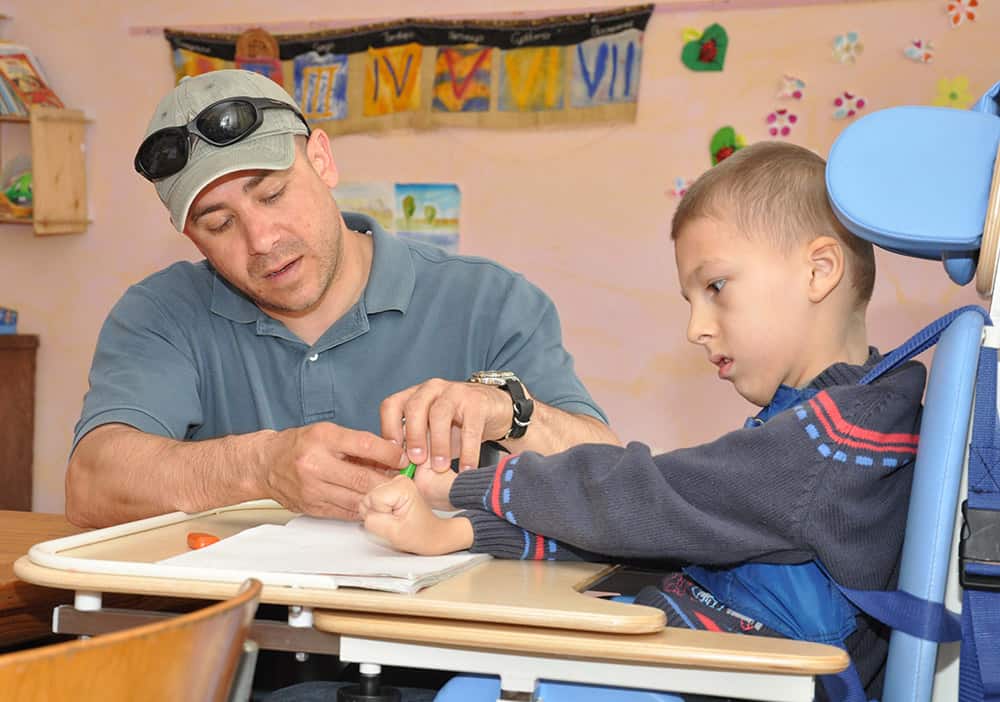Study shows whole-body vibration significantly improved balance in children with spastic CP compared to core stability program

Published in the journal ScienceDirect, a comparative study has revealed that whole-body vibration was more effective than a core stability program in improving balance in children with spastic cerebral palsy (CP).
Entitled ‘The effect of two therapeutic interventions on balance in children with spastic cerebral palsy: A comparative study’, the study sought to compare the effects of two different types of therapeutic programs in improving balance amongst children with spastic cerebral palsy.
CP is a motor impairment caused by maldevelopment of, or injury to, the immature brain. The condition encompasses a group of long-lasting impairments of movement and posture, whereby people can experience difficulties, for example, in independent walking, stair climbing or running.
These posture mechanism defects mean people with CP have limited movement patterns which thus lead to decreased strength and endurance of the main muscle groups in later life.
Core stabilisation and strengthening programs can help children with CP to facilitate fine and gross motor functional movements as well as improve gait, balance, postural control, stability, and reduced muscle tone.
Whole-body vibration is one such strategy for muscle strengthening. This study compared the effects of whole-body vibration to a core stability program on balance in children with spastic cerebral palsy, with an intervention period of 12 weeks.
A total of 60 children with spastic cerebral palsy aged 5-8 were selected from the outpatient clinic of the Faculty of Physical Therapy at Cairo University. The children were then randomly assigned to two groups.
Group A underwent a core stability program for 30 min and group B underwent whole-body vibration training for 10 min, at three times a week for 12 weeks for both groups. Both groups also underwent the same physiotherapy program.
In group A, 30 children underwent a regular therapeutic exercise program (neurodevelopmental techniques, balance exercises, facilitation of milestones, and facilitation of postural reaction) for one hour daily, three days a week for a total of 12 weeks, in addition to a core stability program for 12 weeks, three times per week, at 30 minutes per session.
The core stability program included three levels with increasing difficulty. Each exercise within a given level lasted for five minutes and the children moved up a difficulty level after completing each exercise.
In group B, 30 children underwent the same regular therapeutic exercise program as group A in addition to 10 minutes of whole-body vibration training. The whole-body vibration training involved children squatting on a vibration platform, which was set at a frequency of 30 Hz, amplitude of 2mm, and duration of five minutes.
After the children took a one-minute rest. Then, they were then asked to stand on the vibration platform while supported by their therapist for five minutes, with the same parameters as those used in the squatting position.
The results from the study showed that balance in group B was significantly improved in comparison to Group B, demonstrating the positive results of whole-body vibration in improving balance in children with spastic cerebral palsy. However, both groups had improved balance after treatment.
The study notes that one of the main reasons for improved balance amongst the groups could be due to increased muscle strength from the physiotherapy program, which is essential for improved balance.
To read the full comparative study, click here

